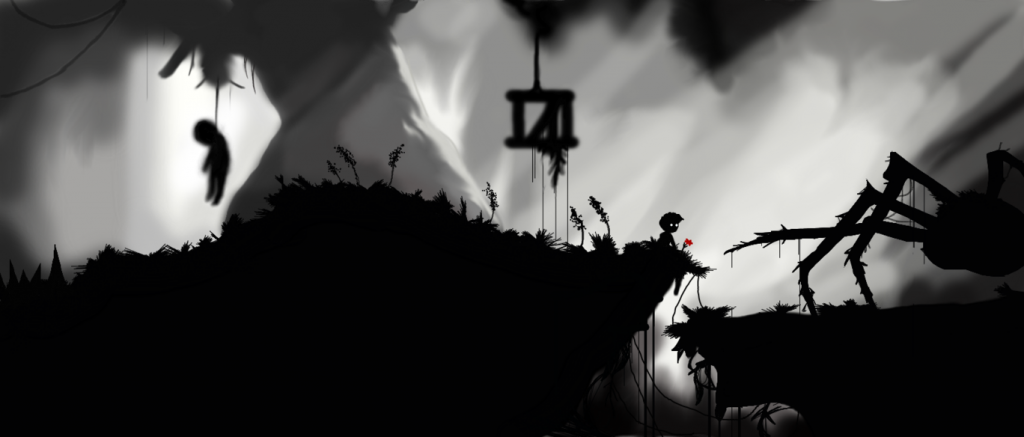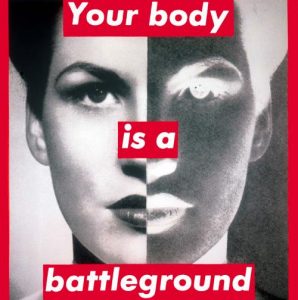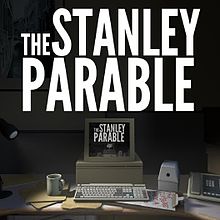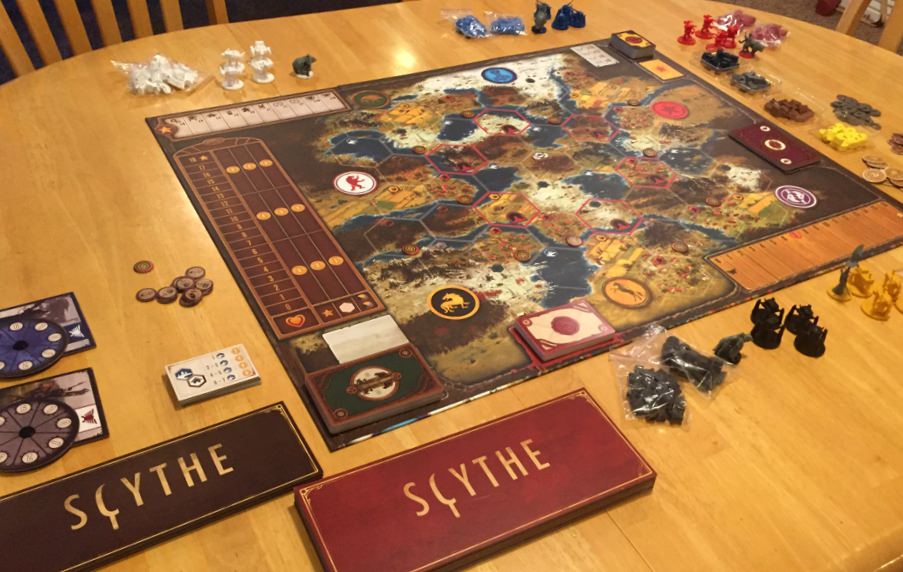Laura Neal
12/10/2017
Question Pair No. 1:
>”Visualise Dieter Rams’ ’10 Principals of Good Design’.
> Do you feel that these ideas are relevant within Games Design today?”
—
One question that Dieter Rams, renowned German industrial designer and academic, presented himself with throughout his expansive career was ‘Is my design good design?’
To consider this and arrive at a justified answer, he created the ’10 Principals of Good Design’. They detail that good design is innovative, makes a product useful, is aesthetic, makes a product understandable, is unobtrusive, is honest, is long-lasting, is thorough down to the last detail, is environmentally-friendly and that it is as little design as possible. I am quite positive many people have heard the saying ‘Less is more’, but the question we ask ourselves here is ‘can this be seen in games design’?
As an example, I will be briefly examining the modern (2015) game ‘Keep Talking and Nobody Explodes‘; a game with one of the most prominent teamwork and communication skill elements I have ever seen in this medium. There are two players, one is assigned as the ‘Defuser’, operating the computer and hopefully defusing the bomb, and the other is the ‘Expert’. ‘Experts’ are presented with an official ‘Bomb Defusal Manual’ for the game, which can be either in paper form or viewed as a PDF. ‘Defusers’ are not allowed to see the manual, and respectively the screen is not for the ‘Experts’ eyes. The ‘enigmas’ are on the bomb, and the answers lie in the manual. It is here that the game presents the beauty of its design with its method of making the two players interact to achieve the common goal. The two players must then communicate back and forth a convoluted series of both visual and worded instructions in order to defuse a quite stylised bomb under a time limit that can be set from a lenient eight minutes to a tighter five.

I have personally played this game and enjoyed it thoroughly, and, like with everything else, I was constantly analysing what made it such a good concept. What I would like to bring most to attention are the intricate details of the gameplay; for example, when you are in the position of the ‘Defuser’, your job mainly involves managing the quality of your communication towards the ‘Expert’ in order to defuse the bomb quickly. If one was to view the ‘Manual’, they would be quick to notice that some words that require speaking sound the same or similar, such as ‘Red’ and Read’ and ‘Left’ and ‘Press’. This means that the ‘Expert’ spends more time explaining which version of the word they mean.

My reasoning behind choosing this particular game to discuss alongside the ’10 Principals’ is that it stands out to me as a game which utilises well its core element of user interaction. Although at first it’s difficult to understand, players soon get quicker and better at interpreting all the ‘Modules’. ‘Keep Talking and Nobody Explodes‘ is certainly aesthetically pleasing, as everything from the bomb ‘Modules’ to the diagrams printed across the ‘Manual’ has acquired the same ‘slim’ look adopted by very modern games.
References:
http://www.archdaily.com/198583/dieter-rams-10-principles-of-%25e2%2580%259cgood-design%25e2%2580%259d (To review the 10 principals)
https://en.wikipedia.org/wiki/Dieter_Rams (To research what his field in design is)
https://en.wikipedia.org/wiki/Keep_Talking_and_Nobody_Explodes (For reference of the game’s release date)
http://www.bombmanual.com/manual/1/pdf/Bomb-Defusal-Manual_1.pdf
Images:
http://www.keeptalkinggame.com/press/keep_talking_and_nobody_explodes/images/07_KeepTalking_Gameplay3.jpg
http://www.extremetech.com/wp-content/uploads/2016/02/Keep-Talking-Manual.jpg














